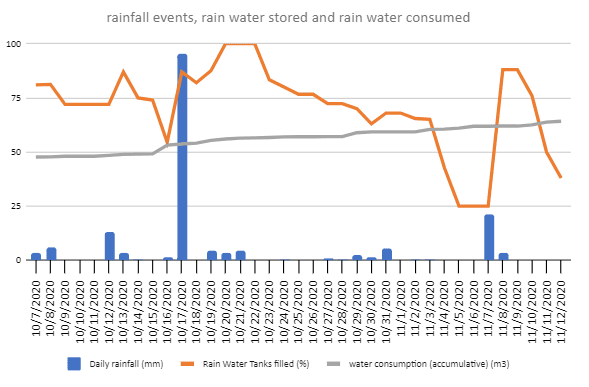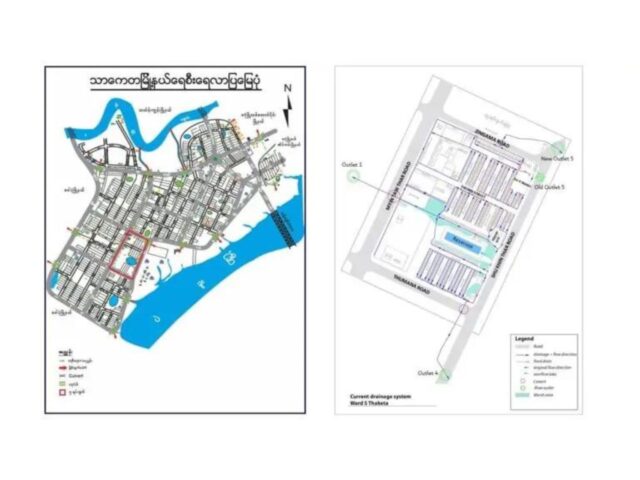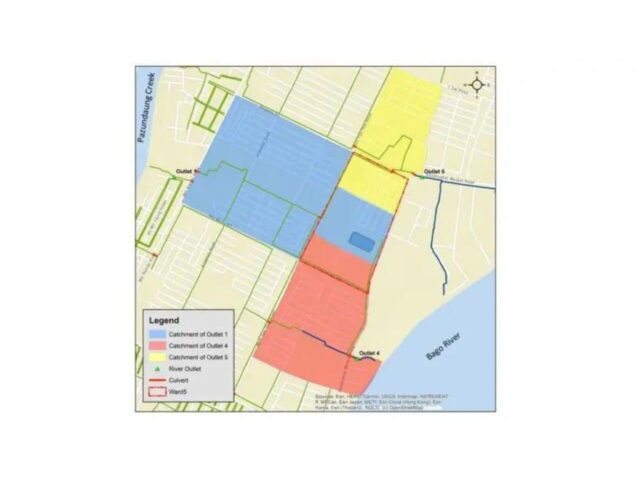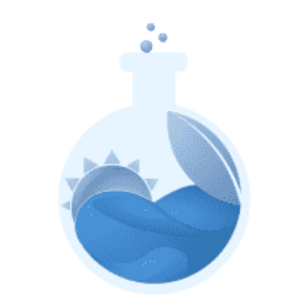Water Quality Test
Water quality test has been carried out in two phases before and after the installation of the RWH system to check the actual conditions of their water resource and whether the quality of rainwater is appropriate for drinking or/and domestic uses or not.
According to the results, all the water resources from RWH pilot households fulfil the WHO guidelines for drinking water. Only in some places, there are some issues in lower/higher pH levels and somewhat turbid according to Lab standards.
For drinking water, the best way is using water filters with this rain or well water which will allow households to produce water that is of comparable quality to bottled water at a fraction of the costs. Thus, the Rainwater Harvesting Systems were combined with a drinking water filter.
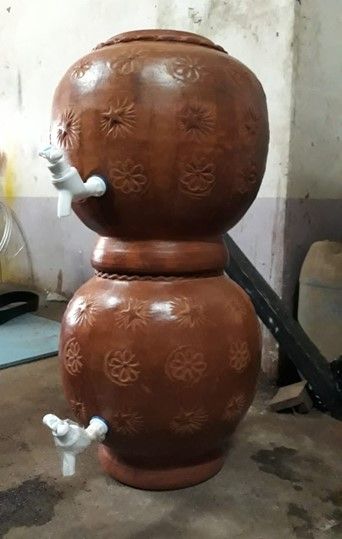
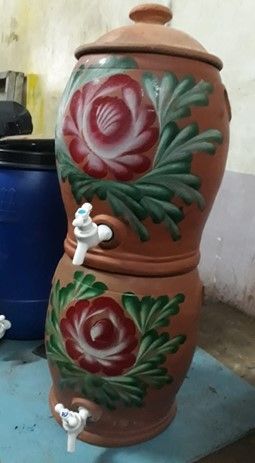

Monitoring by TWH pilot participants
The local project team had a high level of engagement with RWH pilots until the end of the monsoon (end Oct) for data collection and Monitoring on;
WHAT
- To gather data on how the RWH pilot systems are functioning
WHY
- Monitor their effectiveness to improve their design/ plan in the next phases
WHO
- 5 pilot participants in Ward 5: 3 households, 1 tea shop, 1 library
HOW
- Gathering photos from the participants via the Facebook group
- Upload photos to google drive, then input data into sheets

An analysis of rainfall and water use over time for the months of October and November 2020 reveals that the water added to the tanks by one heavy rainfall event is used for at least the following two weeks. Rainwater harvesting thus has great potential to lower the need for purchasing domestic water during and shortly after the rainy season.
